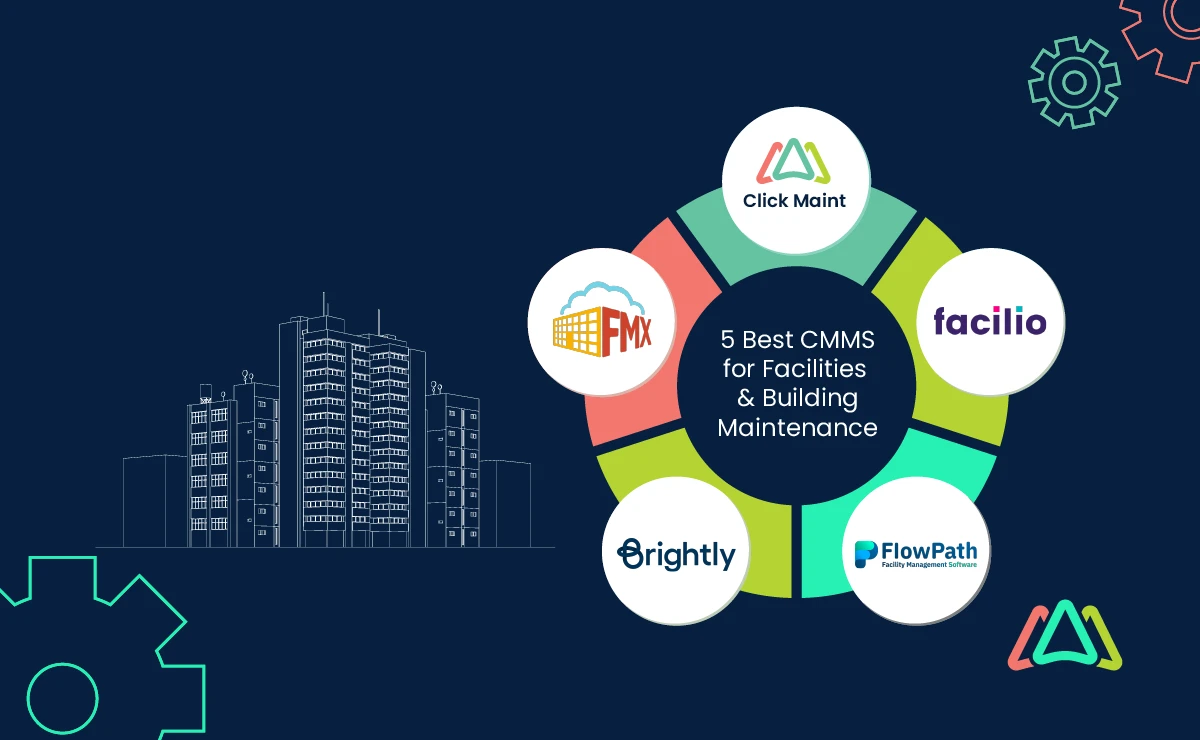Exactly How Total Facility Management Enhances Upkeep and Workflow
Total Facility Management (TFM) represents a transformative shift in just how companies come close to upkeep and operations. By leveraging data-driven approaches and integrated innovation, TFM not only expects and mitigates potential issues but additionally optimizes resource appropriation and enhances productivity.
Enhanced Maintenance Strategies
Enhanced Maintenance Approaches are vital for enhancing the efficiency and longevity of facilitiess. These strategies encompass an organized approach to upkeep that emphasizes aggressive actions, anticipating analytics, and condition-based monitoring. By carrying out such approaches, companies can effectively reduce unintended downtimes and decrease functional disturbances.
One important component of enhanced maintenance is the usage of data-driven decision-making tools. These tools enable facility managers to evaluate historic performance information, identify patterns, and projection potential failures prior to they take place. This predictive maintenance method not just expands the life cycle of equipment yet also boosts safety and compliance requirements.
Equipping and educating upkeep workers are similarly important in executing enhanced techniques (Total Facility Management). Well-trained staff can accomplish regular evaluations and address minor issues before they rise. In addition, taking on a comprehensive asset management system facilitates tracking of tools status, upkeep background, and scheduling of safety nets
Streamlined Operational Workflows
Optimizing operational operations is critical for the overall performance of facility management. By executing streamlined processes, companies can minimize redundancies, lessen hold-ups, and improve efficiency. A well-structured operational workflow permits facility managers to allocate sources properly, making certain that jobs are completed in a timely manner.
Utilizing facilitiess management software can automate regular tasks such as job order management, stock tracking, and scheduling. Clear interaction networks amongst team members foster collaboration and liability, better boosting operational performance.
Standardizing treatments is an additional vital component. Developing best techniques assists ensure that all staff members are straightened in their technique, lowering the chance of errors and improving solution delivery. Routine training and updates on operations processes additionally play an important duty in preserving uniformity and effectiveness.
Eventually, structured functional workflows add to an extra receptive facility management system, allowing organizations to concentrate on critical initiatives rather than being bogged down by management concerns. By prioritizing performance, facility supervisors can dramatically boost the total efficiency of their procedures.
Proactive Concern Resolution

Normal examinations and checking systems play a vital function in this process, enabling facility managers to collect data and anticipate prospective failures. In addition, promoting open communication networks among staff participants motivates the early reporting of worries, additionally promoting prompt resolutions.
Carrying out a comprehensive facility management software can enhance the tracking of maintenance tasks and concern reporting, providing beneficial insights into persisting troubles and their source. This data-driven method enables notified decision-making and prioritization of sources.
Inevitably, aggressive concern resolution not just preserves the integrity of facility procedures but also enhances see this page employee contentment and safety and security. By buying strategies that concentrate on prevention, organizations can create a more effective and resistant functional setting, establishing a strong structure for future growth and success.
Price Efficiency and Source Management
Exactly how can companies achieve an equilibrium in between expense efficiency and reliable source management in facility operations? The integration of total facility management (TFM) provides a strategic structure that improves financial performance while maximizing resource allocation. By consolidating solutions, organizations can streamline procedures, decrease redundancies, and utilize economic situations of scale.
Efficient source management starts with a comprehensive assessment of existing possessions and functional processes. Utilizing data analytics, companies can identify underutilized resources and address inadequacies. This educated strategy allows the execution of targeted maintenance timetables, thus lengthening asset life and decreasing unplanned downtime.

Educating and growth of facility management employees even more improve expense efficiency by outfitting them with the skills required to take care of resources carefully. Ultimately, by embracing a holistic technique to facility management, companies can achieve substantial price financial savings while guaranteeing that functional efficiency stays a leading concern.
Sustainability and Ecological Influence
The integration of total facility management (TFM) not only boosts price efficiency yet likewise plays a pivotal role in advertising sustainability and lowering ecological impact. By embracing a holistic strategy to facility operations, TFM promotes the application of sustainable techniques that reduce source usage and waste browse around these guys generation.
One of the crucial components of TFM is the optimization of power usage. This includes the fostering of energy-efficient innovations, regular maintenance of heating and cooling systems, and the application of wise structure management systems. These actions not only reduced utility expenses but likewise considerably lower greenhouse gas discharges.
Moreover, TFM promotes the usage of sustainable products in facility upkeep and renovation jobs. By prioritizing green products and techniques, facilitiess can decrease their total environmental footprint while promoting healthier interior atmospheres.

Final Thought
In final thought, Total Facility Management significantly boosts maintenance and operations via methodical strategies that emphasize anticipating analytics and condition-based tracking. TFM promotes lasting practices, inevitably leading to improved facility management results and a society of constant improvement within organizations.
Total Facility Management (TFM) stands for a transformative shift in exactly how organizations come close to maintenance and operations. Making use of facilitiess management software program can automate routine jobs such as work order management, supply tracking, and organizing.How can companies achieve a balance in between expense efficiency and efficient source management in facility operations? The combination of total facility management (TFM) supplies a critical framework that enhances monetary efficiency while optimizing resource allowance.In verdict, Total Facility Management significantly improves upkeep and procedures with organized strategies that highlight anticipating analytics and condition-based surveillance.